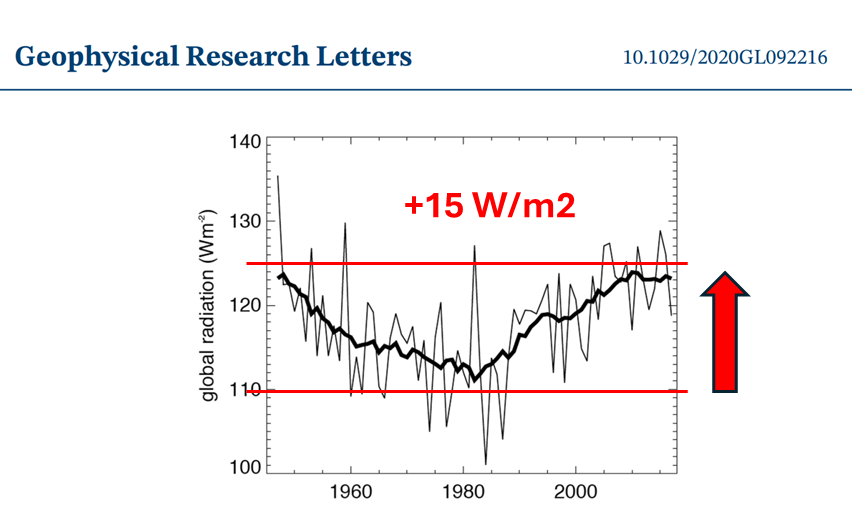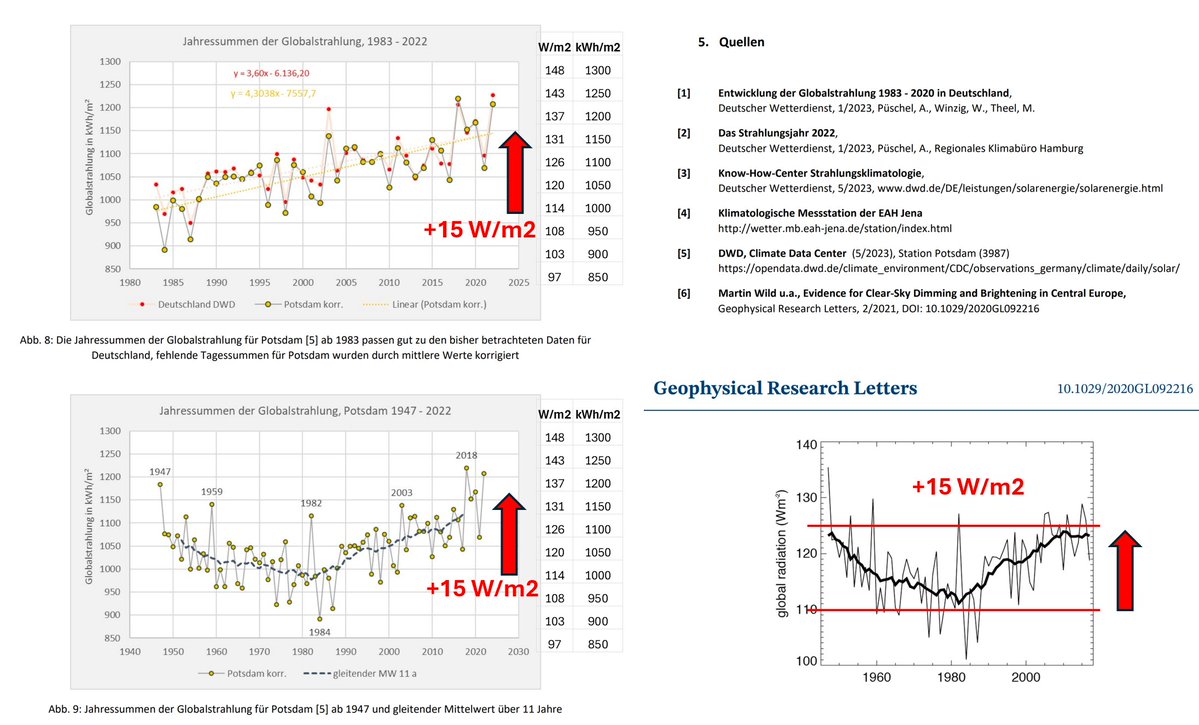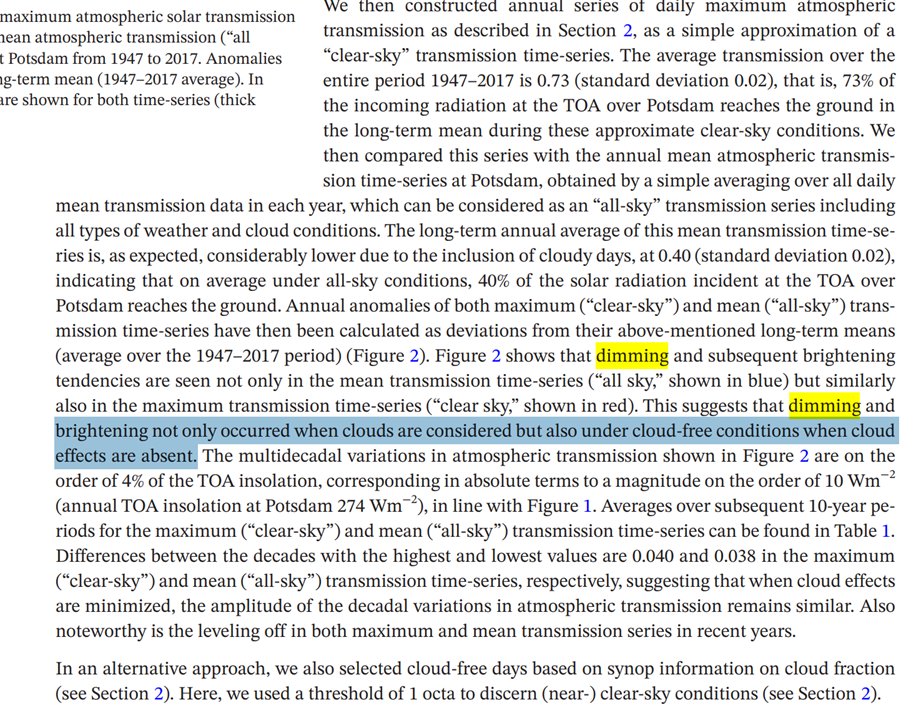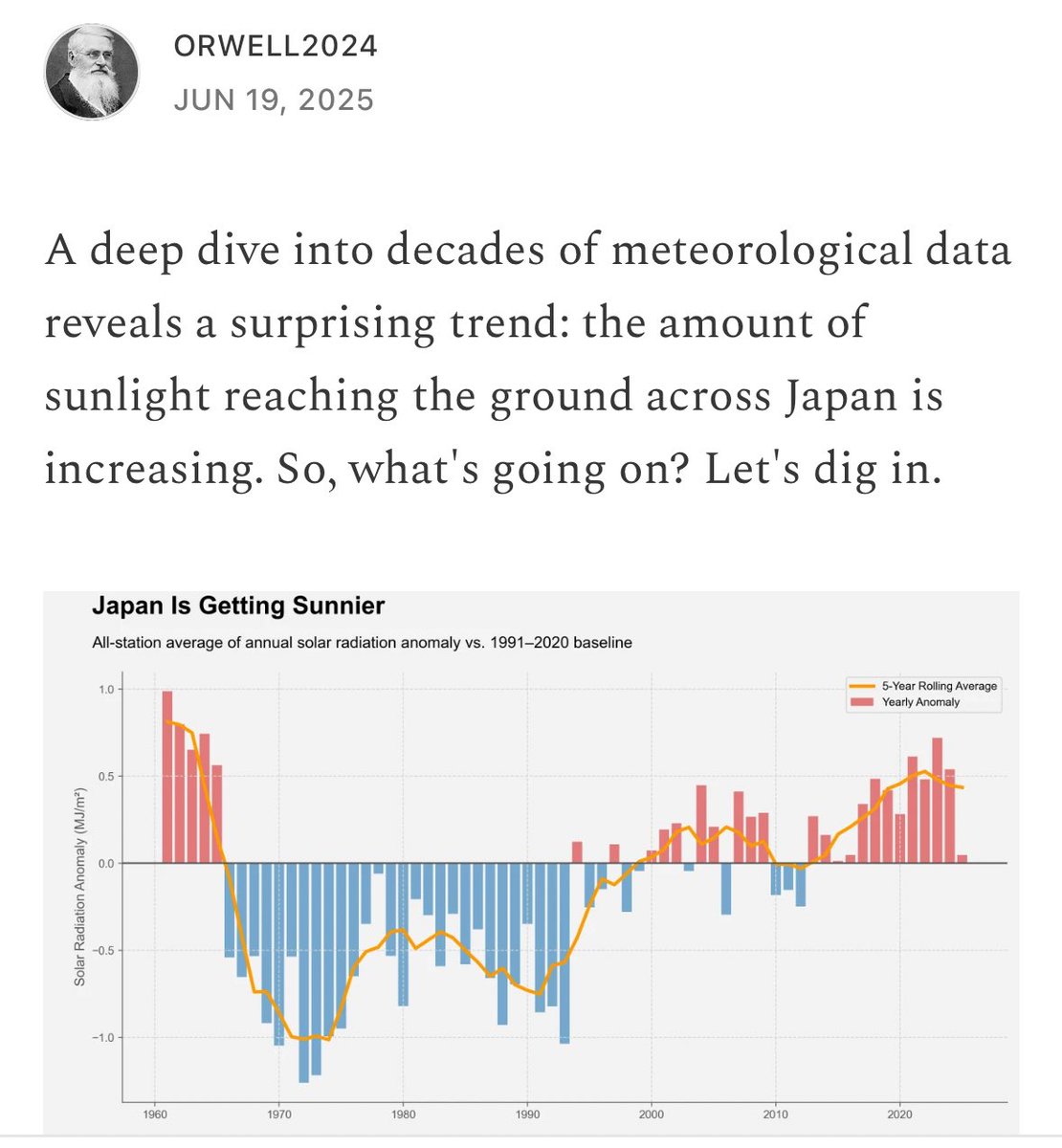1/ NL hospital and ICU admissions
Find here a vizualisation of the NL data. This are all admission.
We don't have this infromation available for #Covid by age nor for C19 vaccination status by age.
@rivm @hugodejonge Please publish this data.
Find here a vizualisation of the NL data. This are all admission.
We don't have this infromation available for #Covid by age nor for C19 vaccination status by age.
@rivm @hugodejonge Please publish this data.

@rivm @hugodejonge 2/ Let's zoom in on the latest months. The numbers in the age group < 30 years is vanish small. But this is the so called unvaccinated "at risk" group. It's already obvious from this that the statement from Hugo:
"the unvaccinated are flooding the hospitals"
is impossible!
"the unvaccinated are flooding the hospitals"
is impossible!

3/ Let's further zoom in on ICU:
People below 30 (so the dominating unvaccinated group) are NOT in ICUs.
The vast majority (80%) is above age 50. But this group is almost fully (~90%) vaccinated.
There is some magic going on if 90% of patient are unvaccinated.
People below 30 (so the dominating unvaccinated group) are NOT in ICUs.
The vast majority (80%) is above age 50. But this group is almost fully (~90%) vaccinated.
There is some magic going on if 90% of patient are unvaccinated.
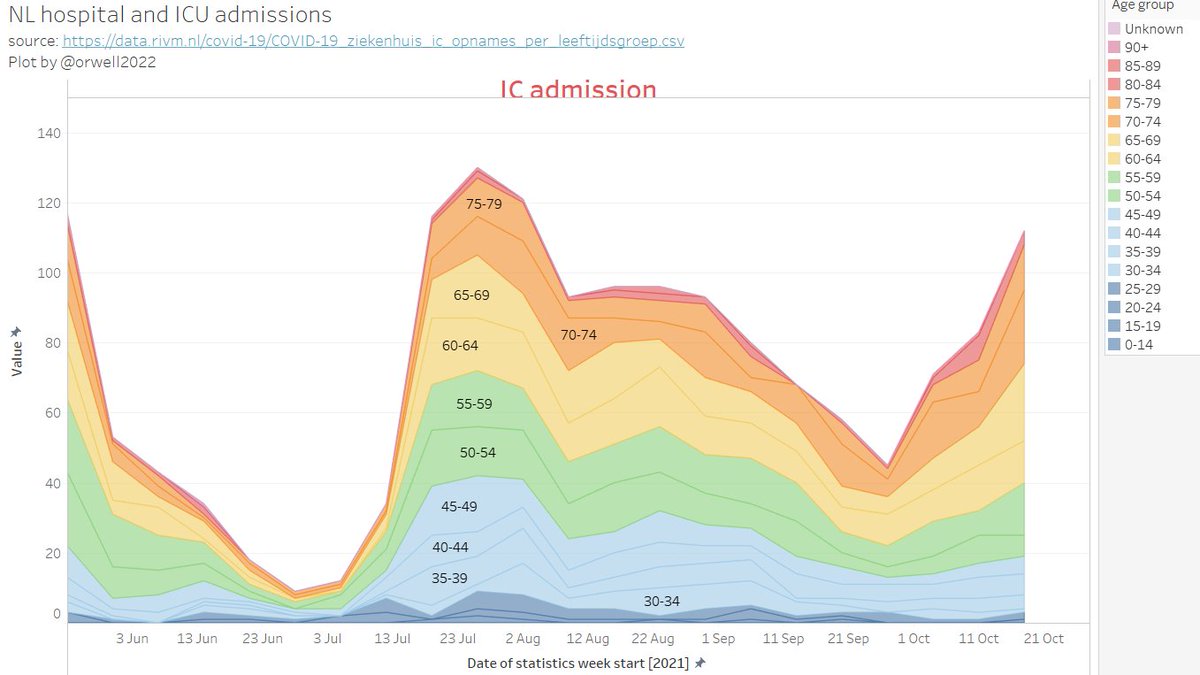
4/ What is the vaccination level by age? Around 90% above age of 50. All statements regarding that 90% of ICU occupancy are unvaccinated is mathematically impossible and not credible @hugodejonge. Please publish the above requested data. 

5/ Let's show the < 29 years only. And those are all cause admissions. Children, teens and students are "stealing" the ICU places?
Please explain this @hugodejonge. They are at risk and need protection? No. But this is not new. And I'm sure that you are clever enough to know.
Please explain this @hugodejonge. They are at risk and need protection? No. But this is not new. And I'm sure that you are clever enough to know.

6/ I saved the dashboard in Tableau public.
Also this comparison 0-25 years versus all on the same y-axis scale makes it even further clear how flawed the push to vaccinate the below 25 is.
public.tableau.com/views/NLhospit…
Also this comparison 0-25 years versus all on the same y-axis scale makes it even further clear how flawed the push to vaccinate the below 25 is.
public.tableau.com/views/NLhospit…

7/ I am adding the UK data for comparison, as I have pointed out that this type of data is what @rivm @hugodejonge have to publish.
65% hospitalisations 81% deaths vaccinated in UK.
Courtesy @mr_Smith_Econ @Humble_Analysis
Source data: assets.publishing.service.gov.uk/government/upl…
@annstrikje

65% hospitalisations 81% deaths vaccinated in UK.
Courtesy @mr_Smith_Econ @Humble_Analysis
Source data: assets.publishing.service.gov.uk/government/upl…
@annstrikje


• • •
Missing some Tweet in this thread? You can try to
force a refresh


